Home growers can sow the seeds of health during medicinal-herb workshop
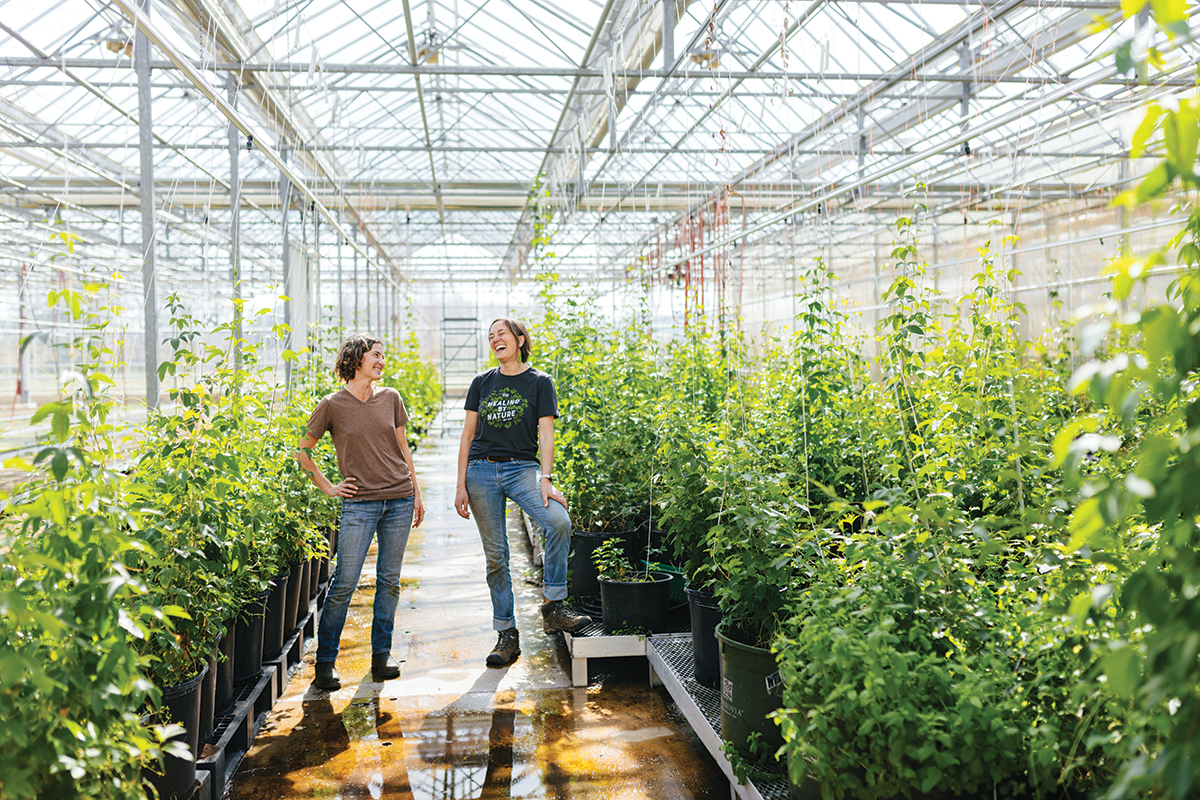
all about alternatives.
Photo by Rachel Pressley
After downing one too many chicken wings, most people self-soothe with chalky, over-the-counter antacids. But this wasn’t always the case.
For the better part of human history, we have relied on our gardens — not our medicine cabinets — to cure upset stomachs, raging fevers, and every ailment in between. As Kate Renner reminds us, “medicinal plants are part of our heritage.”
Renner is assistant manager of farm operations at Gaia Herbs Farm, the 350-acre plot of a 35-year-old company in Transylvania County that, last year, happened to reach #35 on the “Top 150 Impact Companies in the World” list (according to Real Leaders).
It’s also where she and other growers tend to fields of flowering echinacea, budding California poppies, valerian, vervain, hundreds of Gingko trees, and many more plants. These herbs are later concentrated in Gaia’s widely distributed all-natural supplements; purported benefits include stress relief, immune support, reduction of inflammation, and myriad other applications.
As such, medicinal herbs “offer alternatives to the healthcare regimens dominant in our culture,” Margaret Bloomquist explains. Bloomquist is a research associate with NC State University and a leader of the Western North Carolina Medicinal Herb Growers, a collective of NC Cooperative Extension educators, farmers, and home gardeners.
In May, Gaia Herbs will partner with the Western North Carolina Medicinal Herb Growers to host a free, field-based workshop on sourcing and planting medicinal herbs. During the event, attendees will spend four hours digging into the how-tos of nurturing species including holy basil — a revered and broad-spectrum medicinal herb — and lemon balm.
Renner and Bloomquist recently shared some zesty secrets about growing medicinal herbs at home.
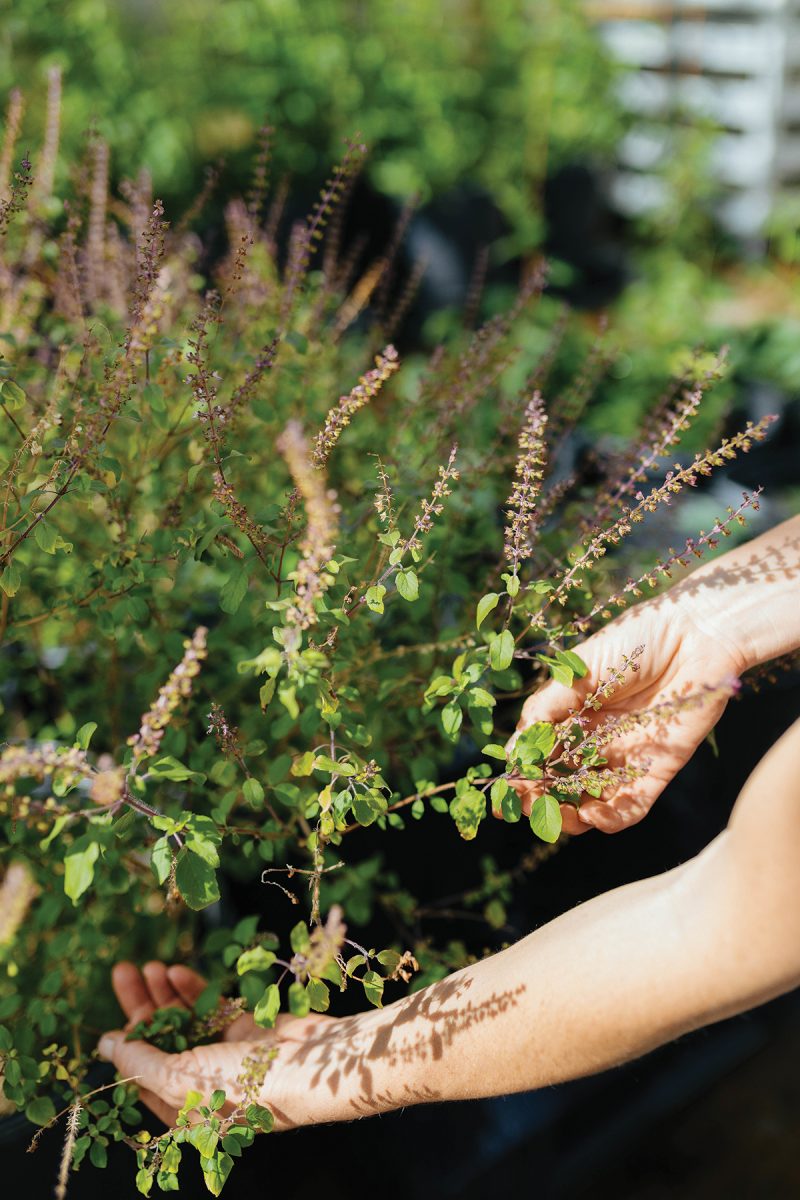
Pictured: holy basil
Photo by Rachel Pressley
Weather in the mountains of Western North Carolina can be fickle. Which medicinal herbs grow well in our region?
Kate Renner: One that I love seeing is dandelion. We grow that as a row crop on the farm, as well as plantain. Plants in the mint family also love our rain here in Transylvania County. Plus, we do pretty well with holy basil because it doesn’t seem to catch a lot of the water-loving diseases that culinary-type basils do.
How should a home grower go about sourcing their seeds?
Margaret Bloomquist: I always recommend sourcing from high-quality, reputable seed companies. We don’t recommend people go searching on Amazon.
Kate Renner: I would also add that you should check your local nursery. You never know what you’re going to find there.
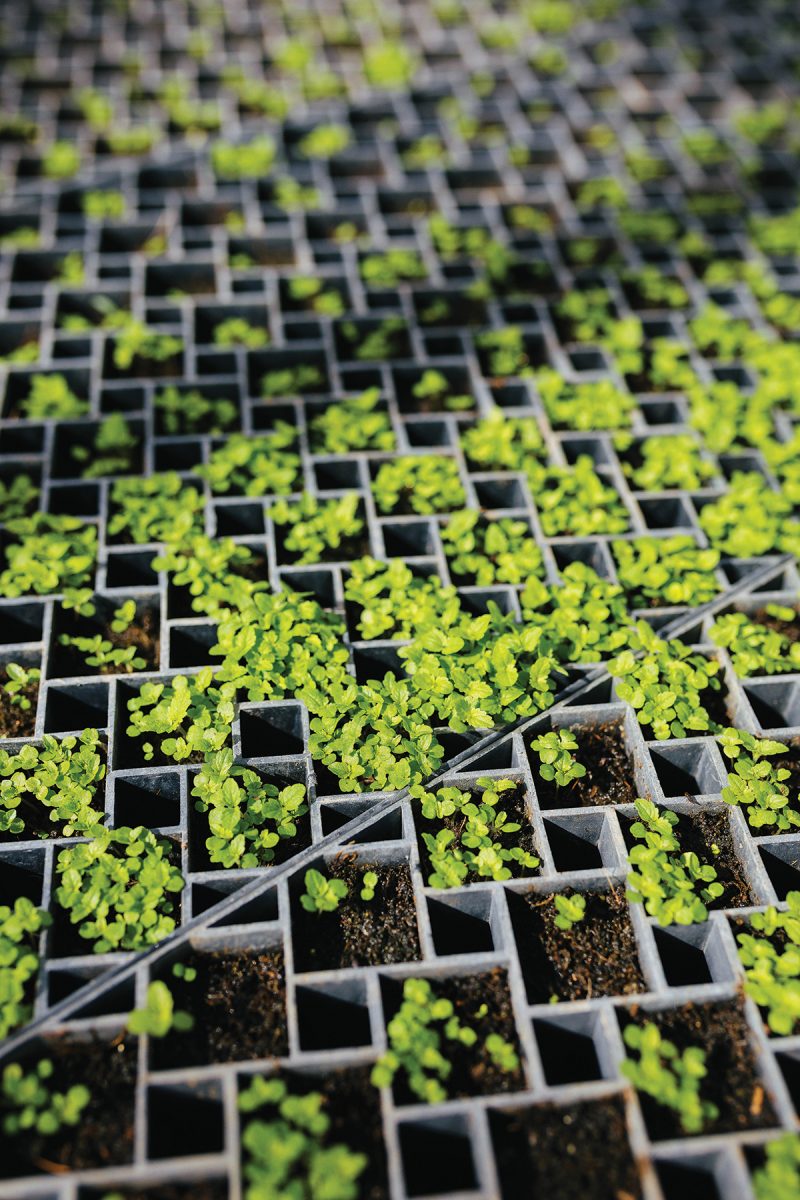
Photo by Rachel Pressley
It seems you can buy anything online these days. Why not seeds?
Margaret Bloomquist: You need to verify what you’re growing. At Gaia, for example, Kate grows tons of different mints, and you can’t tell the difference between spearmint and peppermint by how a seed looks. It could be a potentially dangerous situation. There may be a closely related species that shouldn’t be consumed.
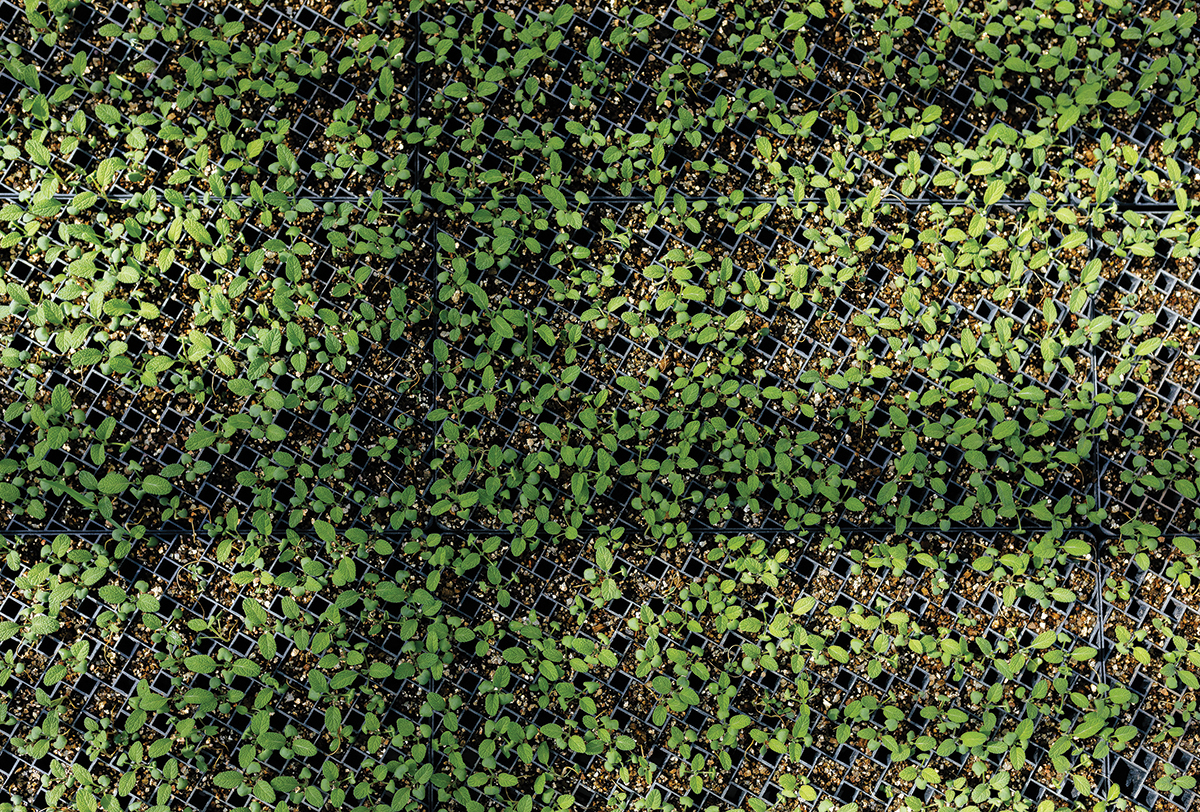
Photo by Rachel Pressley
Once home growers have their seeds, do you recommend transplanting or direct seeding?
Margaret Bloomquist: Since home growers are working with a smaller number of seeds, there’s less room for error. With that in mind, we recommend transplanting for most species. But some species like oats do well when directly seeded.
Kate Renner: Transplanting lets you get a jump on the season. If a species isn’t cold-tolerant, you can’t put that seed in the ground until mid-May. But if you start your transplant in March, you already have a well-established plant by May.
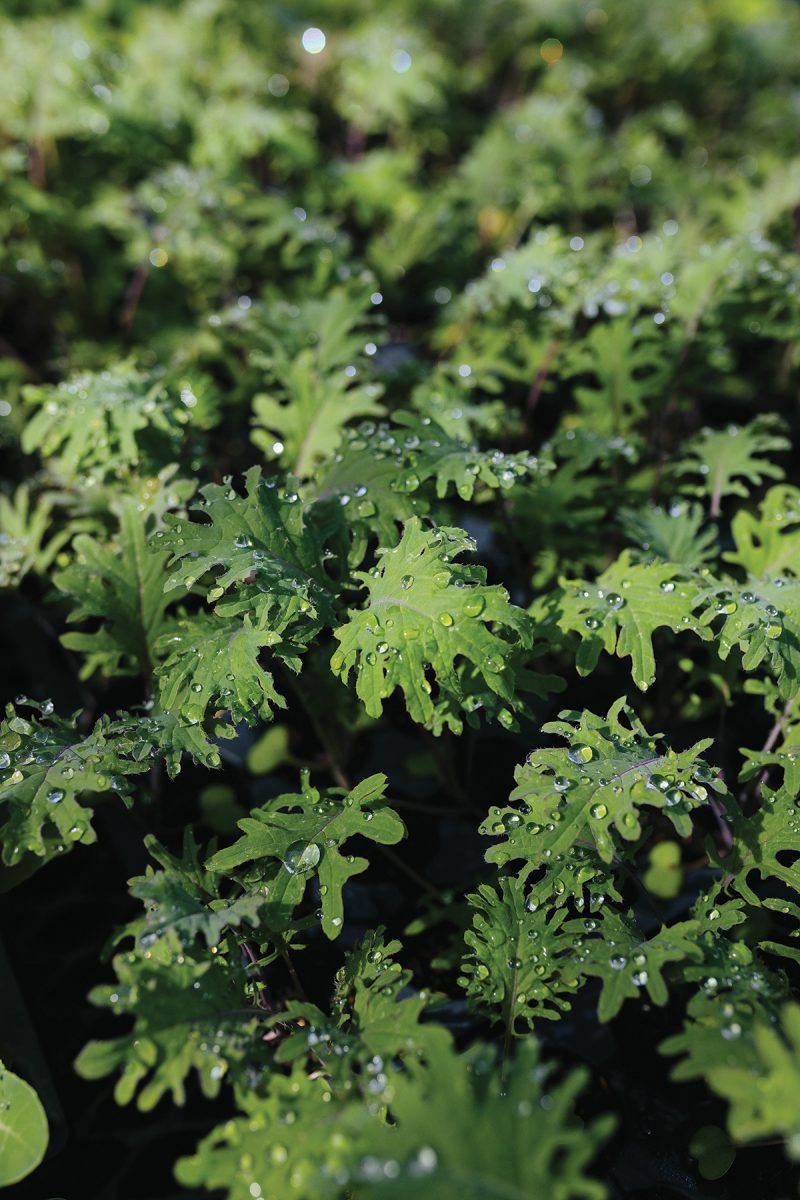
Photo by Rachel Pressley
If a home grower wants to wade into medicinal herbs but doesn’t have much experience, what would you suggest they grow?
Kate Renner: Lemon balm. My only caution is that lemon balm has the potential to become invasive, but it’s so low maintenance. Lemon balm is usually the first green that I see in the coldest and lowest days of winter, so it brings me lots of joy.
How are medicinal herbs typically consumed?
Margaret Bloomquist: Medicinal herbs can be consumed in teas, beverages, concentrated tinctures, and even powders.
Kate Renner: At Gaia, our capsules contain an incredibly potent form that allows for maximum absorption. [A passage on the website specifies “more than 1,000 mg of raw herb per dose” in the company’s Liquid Phyto-Caps.] We have syrups, too. But I do want to say that some things can be consumed like you would any culinary herb. Right now, for instance [in March], nettle is popping, and we can make that into a delicious pesto. Or, for another example, you can grate turmeric right onto your scrambled eggs.
The Western North Carolina Medicinal Herb Growers will host a free workshop on planting medicinal herbs on Wednesday, May 25, at Gaia Herbs Farm (101 Gaia Herbs Drive, Brevard). Registration is required and space is limited. For more information and to register, find the “Plant Sourcing and Plant Event with Gaia Herbs” link on eventbrite.com or call 828-255-5522. To learn more about Gaia Herbs, visit gaiaherbs.com.
